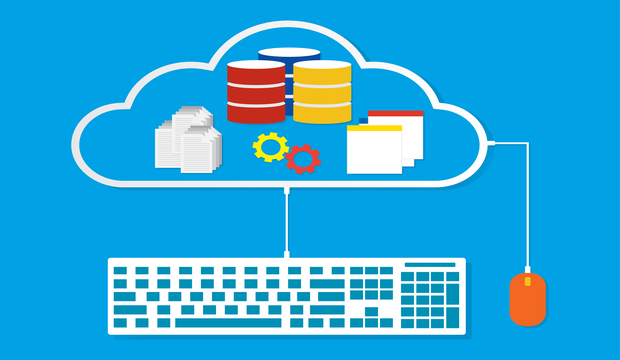Hybrid API Gateways: Combining the Best of SaaS and On-Premise Software
Blog: The Tibco Blog
There are a lot of people hard at work building APIs who are rightfully focused on just getting the API right and not looking beyond that to what comes next. Well, what comes next is putting something in place to manage those APIs you just created, especially if you intend to expose them as public APIs, or even just share them with some of your B2B partners.
You might think this is an easy decision; just go out and get an API management product, right? Well, not necessarily. Depending on what you intend to do with the APIs, you may not need a full-blown API management platform. It might be good enough to just drop an on-premise API gateway in place and call it a day. This is very common approach, especially when your APIs are targeted at an internal set of developers and you don’t plan to enable access outside your firewall.
However, if you intend to share those APIs with outside developers, you must treat those APIs like products (which they are) and put an API management platform in place that allows you to productize your APIs, manage your community of users, expose a portal for API access, secure the APIs, and manage and measure how your APIs are being used. What I’m describing here is related to a relatively new role that has emerged, called the API Product Manager. Putting an API management platform in place without an API product manager, is like installing software in a datacenter with no system administrator. I wouldn’t recommend it.
So, bite the bullet and get yourself an API product manager. You’ve made a decision on the appropriate product to manage your API program and you’ve hired someone who’s accountable for the successful implementation and adoption of your APIs. Now what?
Now you need to decide how you’d like to deploy your gateway or API management solution. If it’s a standalone API gateway and not part of larger API management product the answer is clear. You deploy it to your data center and run it on-premise. But, you may have other options if the gateway is a component of a broader SaaS-based API management platform, such as Mashery (TIBCO’s API management offering).
All SaaS offerings for API platforms include an embedded gateway capability and most people just use it that way. Policy definition and enforcement—both design and runtime—are handled in the SaaS environment. But for some companies, in industries that have strict security requirements due to internal policies or a regulatory framework, API traffic management through the gateway must be done on-premise.
Trying to achieve both of these objectives using a SaaS products sounds like a little bit of an oxymoron, but it’s not. This is a hybrid approach to API management, where some of your functionality runs in the cloud and some runs on-premise; all in a single interconnected environment, managed through a single management console. When someone buys a Mashery subscription, they have the option of deploying this hybrid implementation. The piece of software that runs on-premise is called Mashery Local.
Mashery is one of just a few vendors that supports a hybrid gateway deployment option. Many of our customers like this approach, because they get the benefits of a SaaS environment, but with the greater control that comes with running software on-premise.
On March 9th, TIBCO will be hosting a webinar where we will explore the concept of implementing an API platform in a hybrid fashion. We’ll get into some detail on how it works, what the benefits are, and how to determine whether this is the right approach for you. Register for the webinar today.
Leave a Comment
You must be logged in to post a comment.








